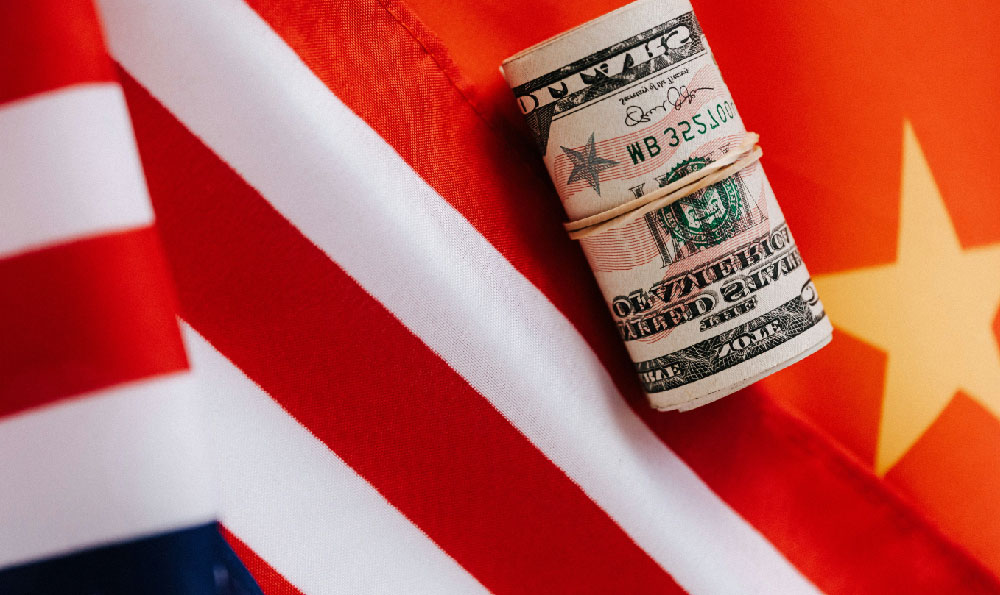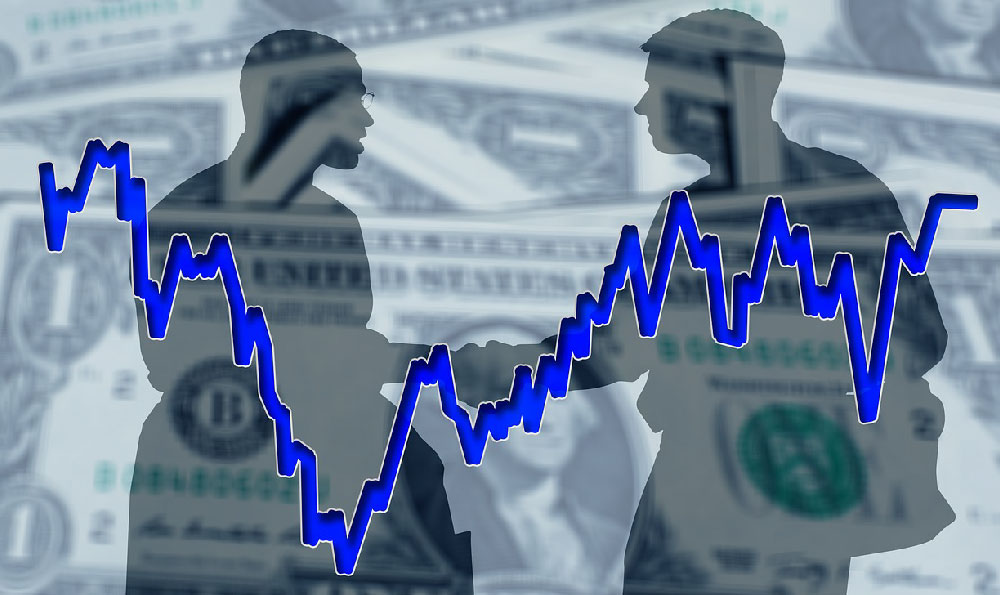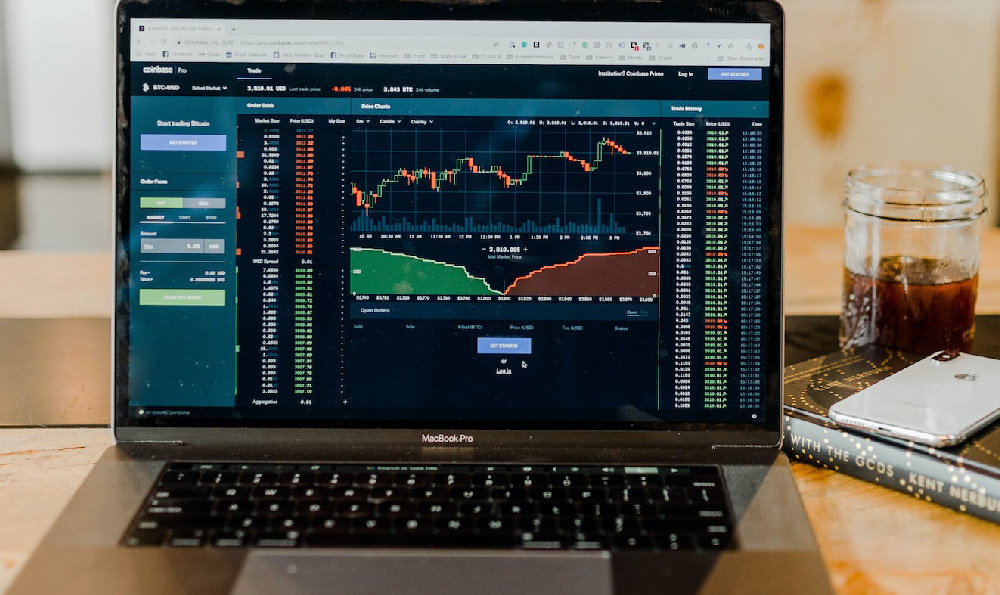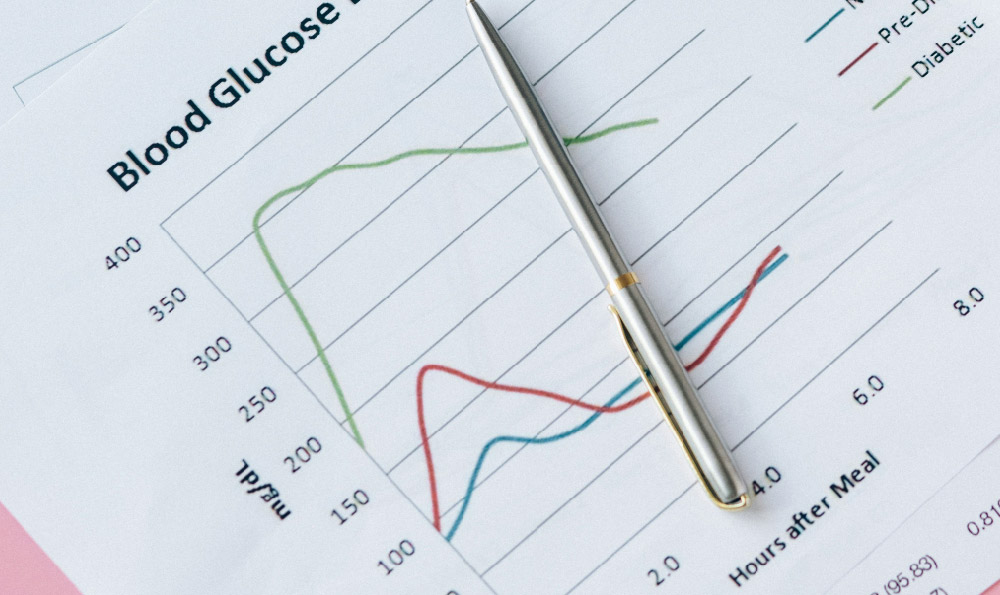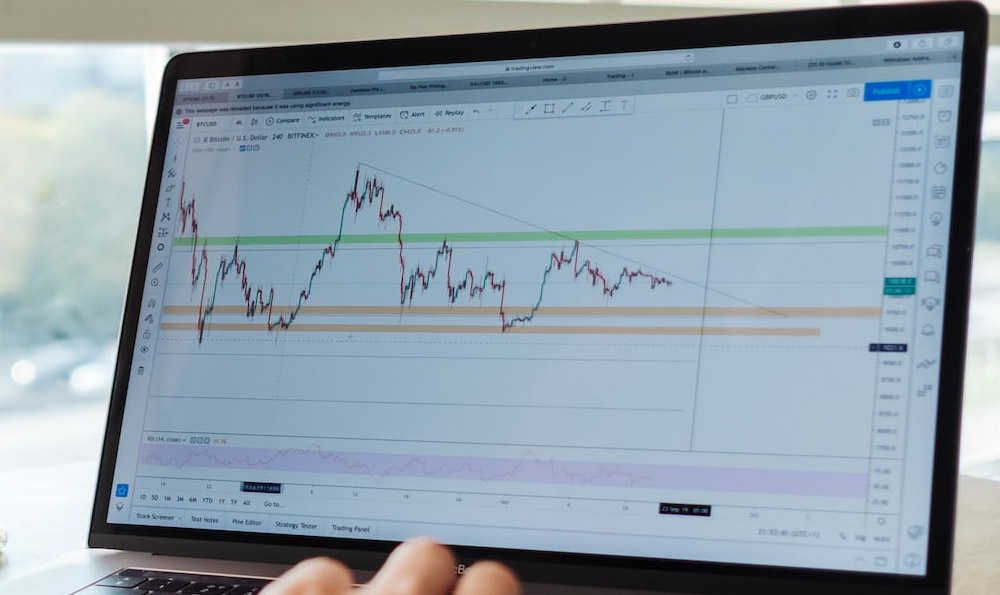Wine investment, often perceived as a realm of connoisseurs and the ultra-wealthy, has gradually garnered attention from a broader spectrum of investors seeking alternative asset classes. The allure is understandable – the potential for substantial returns, the tangible nature of the asset, and the enjoyment derived from understanding and potentially consuming the product. However, before uncorking your investment aspirations, a thorough exploration of its merits, challenges, and practical steps is crucial.
The "worth it" aspect of wine investment hinges on a complex interplay of factors. The wine market, unlike traditional equities or bonds, is influenced by a unique set of drivers. Scarcity, vintage quality, critic scores, producer reputation, and provenance are all critical determinants of value. Top-tier wines from renowned regions like Bordeaux, Burgundy, and Champagne often exhibit appreciation potential, driven by limited production, increasing global demand, and the inherent aging process that enhances their complexity and desirability. These wines, particularly those with established track records and high Parker or Suckling scores, are often viewed as "blue-chip" investments within the wine world.
The potential for returns is undeniable. Some wines have witnessed exponential price increases over relatively short periods. Factors such as positive reviews following release, limited quantities produced, or changes in vineyard ownership can all contribute to significant price appreciation. However, it's imperative to acknowledge that such dramatic gains are not guaranteed. The wine market is not immune to economic downturns, shifts in consumer preferences, or fluctuations in currency exchange rates, all of which can impact wine values.
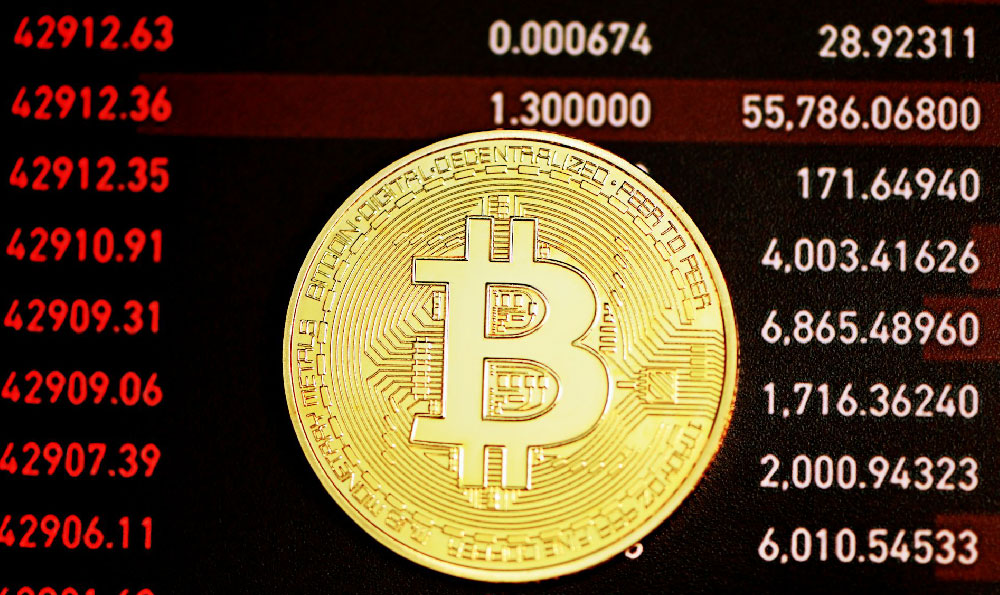
Furthermore, wine investment requires a different skillset than traditional investing. It necessitates in-depth knowledge of wine regions, grape varietals, winemaking techniques, and market dynamics. Understanding vintage variation, recognizing counterfeit bottles, and navigating the complexities of storage and transportation are all essential for success. This knowledge acquisition takes time, effort, and often, a willingness to learn from experienced professionals.
Counterbalancing the potential rewards are inherent risks. Storage is paramount. Wine is a sensitive product susceptible to damage from temperature fluctuations, humidity, and light exposure. Proper storage in a climate-controlled cellar is crucial for preserving its quality and value. Incorrect storage can lead to spoiled wine, rendering it worthless as an investment. Professional storage facilities, while offering optimal conditions, incur ongoing costs that need to be factored into the overall investment equation.
Liquidity is another consideration. Unlike readily tradable stocks, selling wine can be a more protracted process. Finding a willing buyer, negotiating a fair price, and arranging secure transportation can take time and effort. While auction houses and online trading platforms facilitate wine sales, they often charge commissions and fees, reducing the net return. Furthermore, depending on the volume and value of your collection, you may need to engage a specialist wine broker to assist with the sale process.
Counterfeit wine is a persistent threat. The high value of certain wines makes them attractive targets for forgers. Sophisticated counterfeiting techniques can make it difficult to distinguish genuine bottles from fakes. Thorough due diligence, including verifying provenance and examining bottle details, is essential to avoid falling victim to fraud.
So, how does one embark on the journey of wine investment? The first step is education. Immerse yourself in the world of wine, read books and articles, attend tastings and seminars, and network with industry professionals. Develop a solid understanding of wine regions, grape varietals, and the factors that influence wine quality and value.
Next, define your investment goals and risk tolerance. Are you seeking long-term capital appreciation, or are you looking for a more active trading strategy? How much risk are you willing to take? Your answers to these questions will help you determine the appropriate investment approach and the types of wines to target.
Consider starting small. Instead of investing heavily upfront, begin with a modest portfolio of wines that you are knowledgeable about and believe have the potential for appreciation. As you gain experience and refine your understanding of the market, you can gradually increase your investment size and diversify your holdings.
Develop a sound storage strategy. Invest in a wine refrigerator or, if you plan to build a larger collection, consider using a professional wine storage facility. Maintaining optimal storage conditions is crucial for preserving the value of your investment.
Establish relationships with reputable wine merchants and brokers. These professionals can provide valuable insights into the market, help you source high-quality wines, and assist with the sale process when the time comes. Look for merchants and brokers with a proven track record, a deep understanding of the wine market, and a commitment to ethical business practices.
Keep meticulous records of your purchases, including the provenance, purchase price, and storage conditions of each bottle. This documentation will be essential for tracking your investment performance and proving the authenticity of your wines when you decide to sell.
Finally, be patient and disciplined. Wine investment is a long-term game. It takes time for wines to mature and appreciate in value. Avoid impulsive buying decisions based on hype or speculation. Stick to your investment strategy and be prepared to hold your wines for several years, or even decades, to realize their full potential.
In conclusion, wine investment can be a rewarding endeavor, but it's not without its challenges. Success requires knowledge, diligence, patience, and a willingness to learn from experienced professionals. By approaching it with a well-informed and disciplined mindset, you can potentially unlock the potential for both financial returns and the enjoyment of collecting and appreciating fine wines. Ultimately, whether wine investment is "worth it" depends on your individual circumstances, goals, and risk tolerance. Approach it with caution, do your homework, and remember that the best investments are those that you understand and enjoy.


